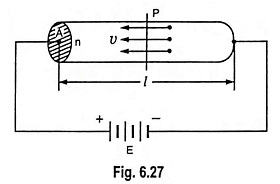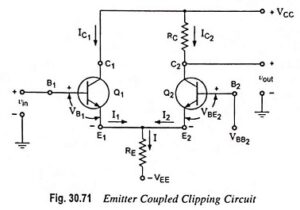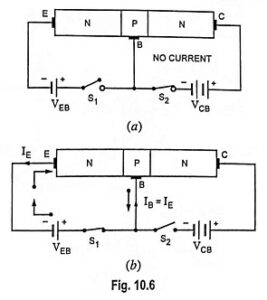What is Switching Circuit?
In practice, we often need making (switching on) and breaking (switching off) of an electrical circuit. It is also desirable and sometimes essential that the switching operation (making and breaking of an electrical circuit) be very fast and without sparking. For this purpose, we need a switch, which is defined as a device that can turn on or off current in an electrical circuit. On the other hand, a circuit that can turn on or off current in an electrical circuit is referred to as switching circuit.
The switching circuit essentially consists of a switch and an associated circuitry. The switch is the most vital part of the switching circuit as it is the component which actually makes or breaks the electrical circuit. The switches are of several types such as mechanical switch like the common tumbler switch used in house wiring, electromechanical switch like the contactor or relay and electronic switch like the transistor switch having no moving part.
Nowadays, electronic switches are becoming more and more popular because of
- absence of moving parts resulting in no wear and tear and providing noiseless operation
- long life
- smaller size and weight
- lower cost
- trouble free service and
- high operating speed (up to 109 operations per second).
The associated circuitry, particularly used in electronic switching, is to help the switch in turning on or off current in the circuit.
A transistor can be employed as an electronic switch. Operating a transistor as a switch means operating it at either saturation or cutoff but nowhere else along the load line. When a transistor is saturated, it is like a closed switch from the collector to emitter. When the transistor is cutoff, it is like an open switch. The operation of a transistor as a switch is illustrated in Fig. 31.1.







